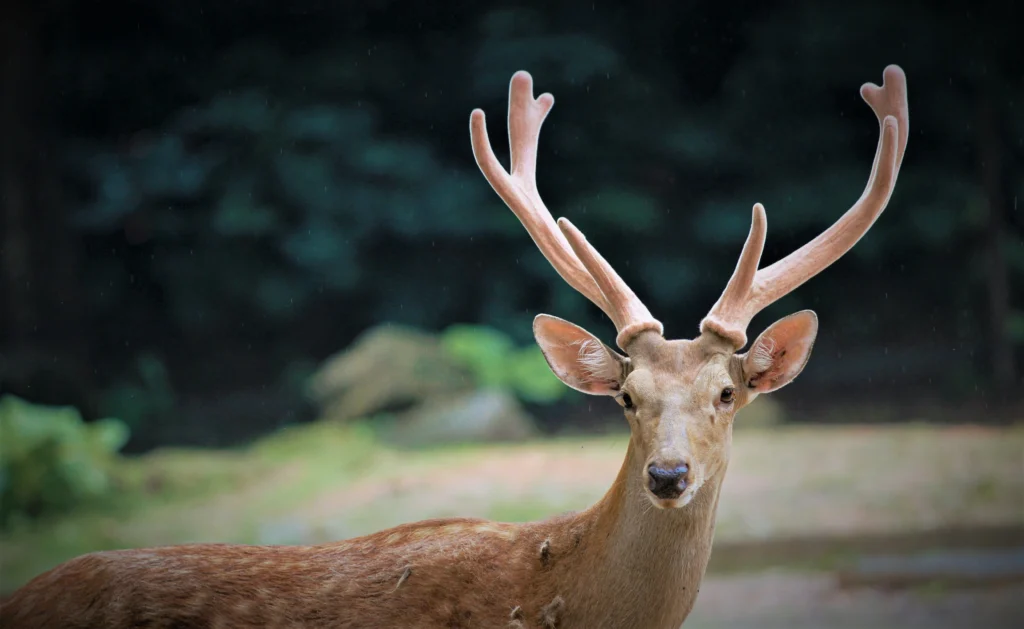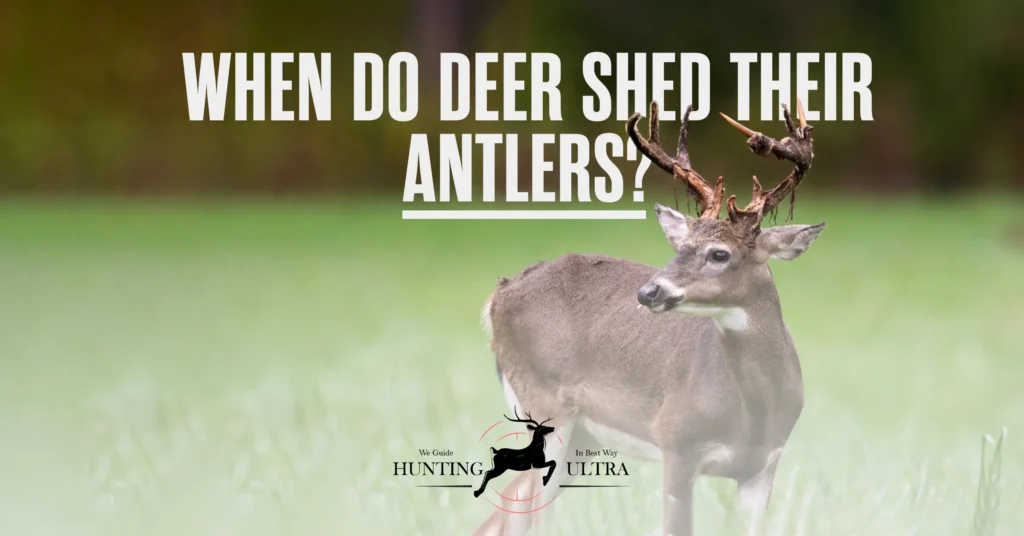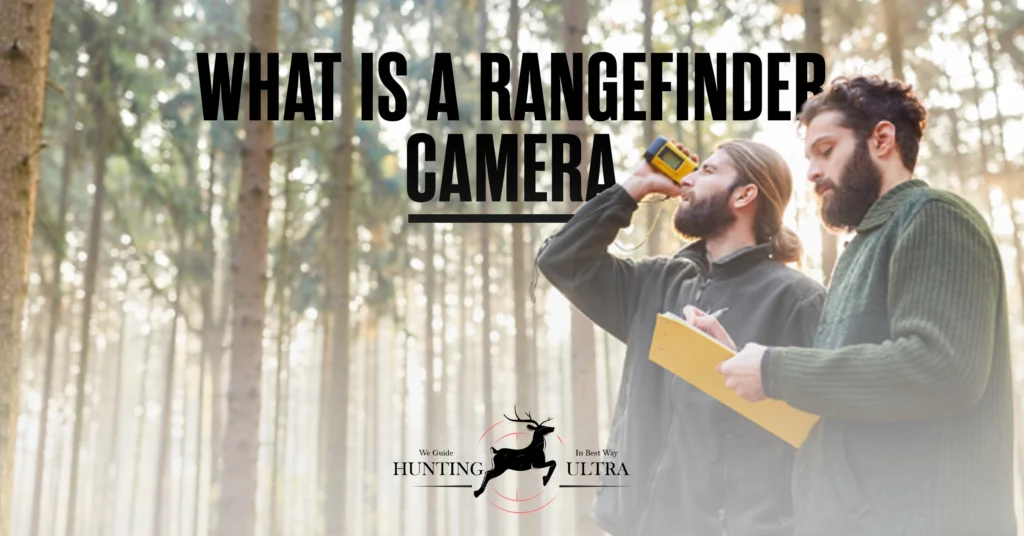The question to be answered today is When do Deer shed their Antlers? Deer shed their antlers every year as part of their natural process of regeneration. Antlers are made up of bone, which is covered with a thin layer of skin called velvet. The velvet is supplied with blood vessels carrying nutrients to the growing antlers.
As the antlers grow, the velvet begins to dry and peel off. This process is complete by the time the bucks shed their antlers, typically in late winter or early spring.
When Do Deer Shed Their Antlers?
The exact timing of when deer shed their antlers varies depending on the geographic location and species of deer. In general, deer in the northern hemisphere will shed their antlers between late December and early April, with peak shedding occurring in February.
For deer in the southern hemisphere, the shed season occurs between May and September, with June and July being the peak months.

There are a number of factors that can influence when a particular deer will shed its antlers. The most important factor is daylight exposure, which is why the timing of shedding tends to be correlated with the seasons.
Other factors include age, nutrition, and stress levels. For example, younger deer are more likely to shed their antlers earlier in the season than older deer. And deer that are experiencing nutritional stress or high levels of physical activity (such as during mating season) are also more likely to shed their antlers sooner.
If you’re interested in finding sheds, your best bet is to look for them during the late winter or early spring months in areas where deer live. Pay special attention to areas where there is a lot of forest cover, as this is where deer tend to spend most of their time during shedding season.
Why do Deer shed their Antlers?
Deer shed their antlers for a few reasons. First, it is a way to get rid of old, damaged antlers. Second, it is a way to conserve energy. Antlers are made of bone, which requires a lot of energy to grow. By shedding their antlers, deer can redirect that energy into other areas, such as reproduction and body maintenance. Finally, it may also be a way for deer to signal to other deer that they are ready to mate.
You should also read Does Human Pee Scare Deer
And How to Find Deer Sheds & Antlers in 2023
Does It Hurt When Deer Shed Their Antlers?
When deer shed their antlers, it is not a painful process. The antlers are actually attached to the skull by a pedicle bone. As the antlers grow, the pedicle gets thicker and stronger. When it is time for the deer to shed its antlers, the pedicle begins to absorb back into the skull and the antlers fall off.
Do Deer Shed Their Antlers Every Year?
Yes, deer shed their antlers every year. The process begins in late winter when the days start to get longer and the temperature starts to warm up. This signals the body to start producing more testosterone, which causes the antlers to fall off.
Tips for finding shed antlers
If you’re interested in finding shed antlers, there are a few things you can do to increase your chances of success.
- Look for areas where deer congregate and bed down. These areas are likely to have the most shed antlers.
- Pay attention to deer trails. These are likely places where sheds will be found.
- Look for freshly broken branches or rubs on trees. These are signs that deer have been in the area and may have shed their antlers.
- Check out areas with dense vegetation. Antlers can get tangled in vegetation, so these areas may hold sheds.
- Be sure to look in ponds and other bodies of water. Antlers can fall in and become submerged, making them difficult to find on land.
- Finally, keep an eye out for fresh tracks and rubs on trees, as these can indicate where deer have been recently and may be more likely to drop their antlers. With a little patience and effort, you’re sure to find some shed antlers this season!
Conclusion
Deer shed their antlers once a year, typically in the late winter or early spring. The timing of the shedding process varies depending on the species of deer, but it generally takes place over the course of a few weeks. After the antlers have been shed, they will begin to regrow almost immediately.



